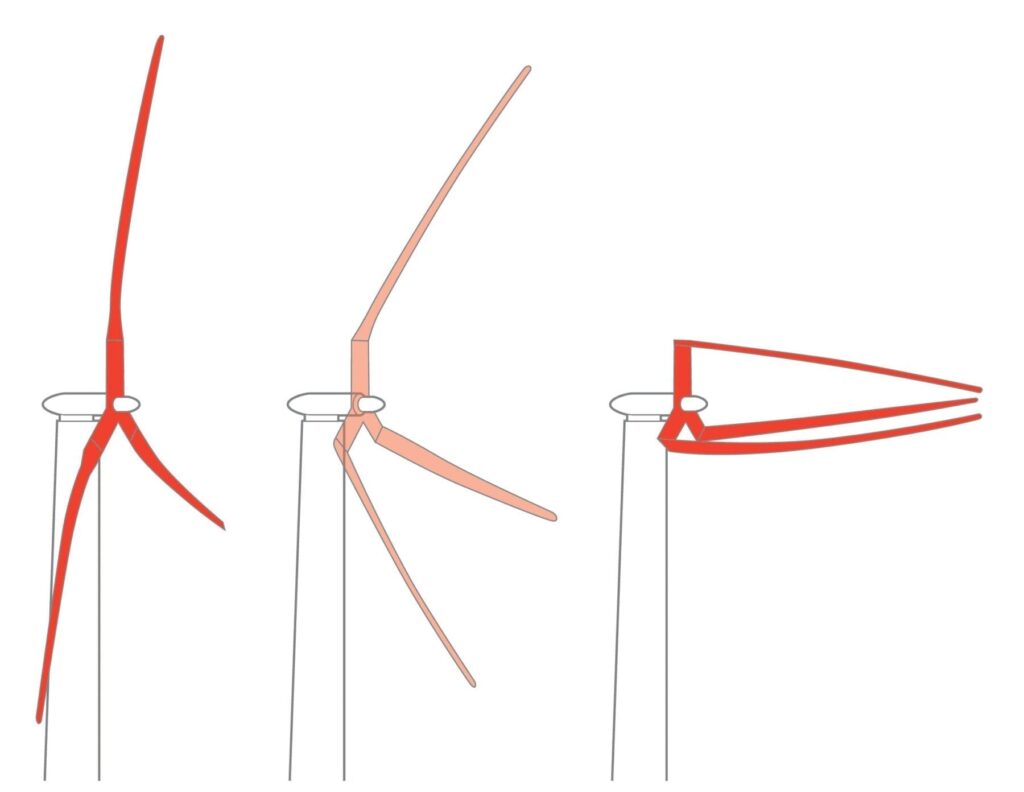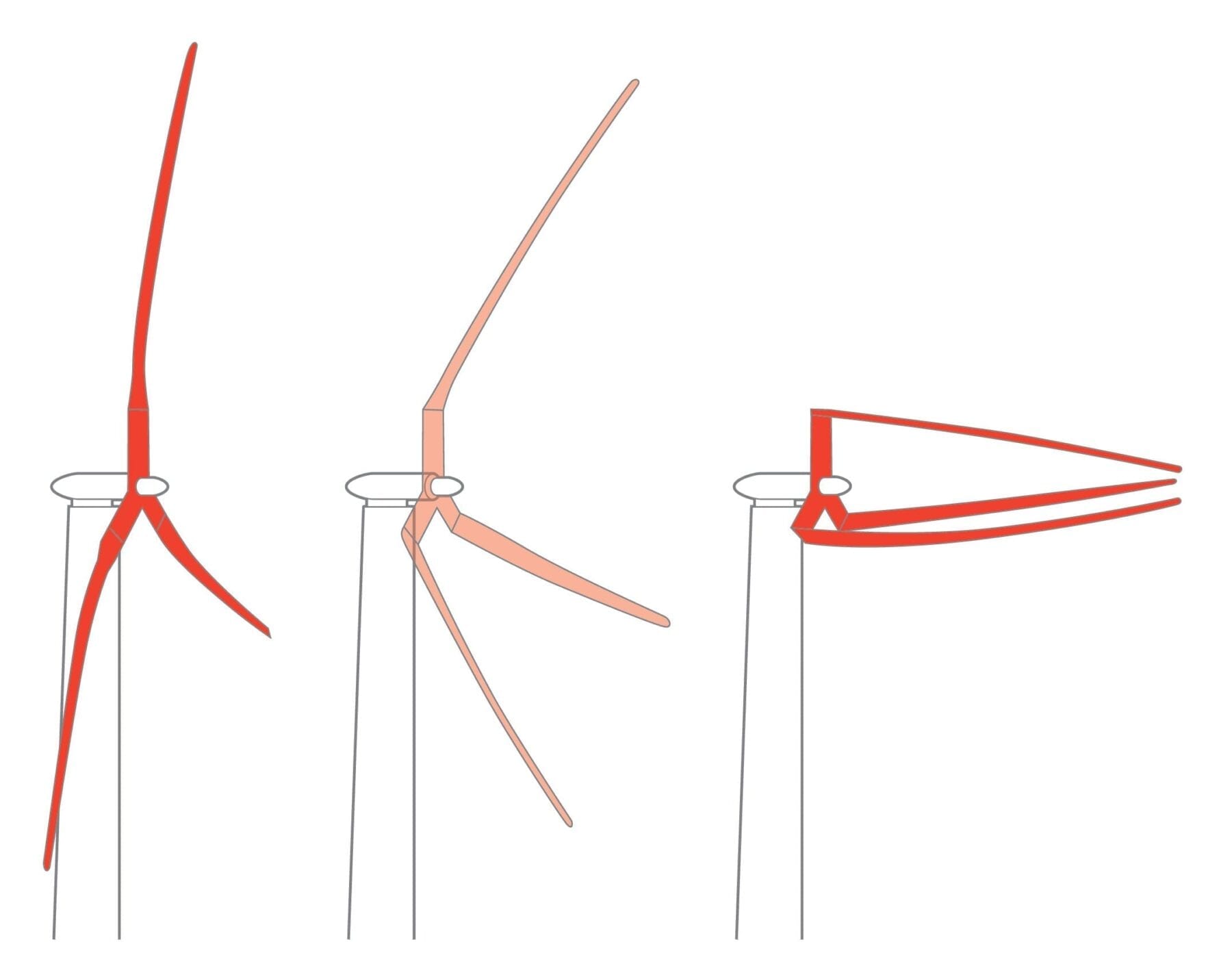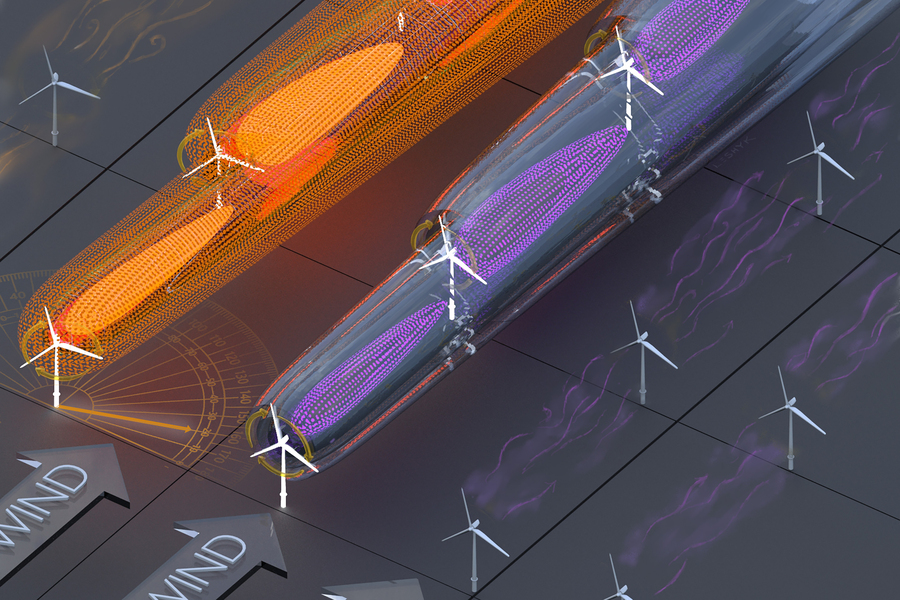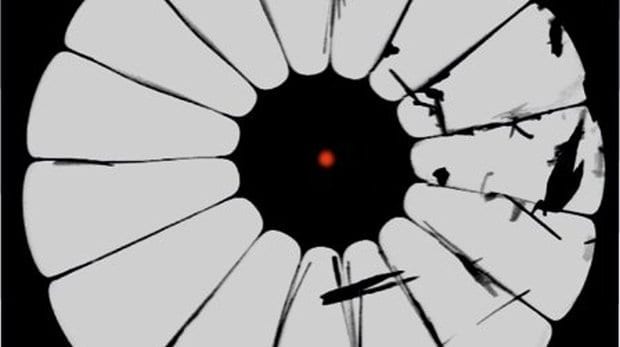
A new design for gigantic blades longer than two football fields could help bring offshore 50-megawatt (MW) wind turbines to the United States and the world.
Sandia National Laboratories’ research on the extreme-scale Segmented Ultralight Morphing Rotor (SUMR) is funded by the Department of Energy’s (DOE) Advanced Research Projects Agency-Energy program. The challenge: Design a low-cost offshore 50-MW turbine requiring a rotor blade more than 650 feet (200 meters) long, two and a half times longer than any existing wind blade.
The team is led by the University of Virginiaand includes Sandia and researchers from the University of Illinois, the University of Colorado, the Colorado School of Mines and the National Renewable Energy Laboratory. Corporate advisory partners include Dominion Resources, General Electric Co., Siemens AG and Vestas Wind Systems.
“Exascale turbines take advantage of economies of scale,” said Todd Griffith, lead blade designer on the project and technical lead for Sandia’s Offshore Wind Energy Program.
Sandia’s previous work on 13-MW systems uses 100-meter blades (328 feet) on which the initial SUMR designs are based. While a 50-MW horizontal wind turbine is well beyond the size of any current design, studies show that load alignment can dramatically reduce peak stresses and fatigue on the rotor blades. This reduces costs and allows construction of blades big enough for a 50-MW system.
Most current U.S. wind turbines produce power in the 1- to 2-MW range, with blades about 165 feet (50 meters) long, while the largest commercially available turbine is rated at 8 MW with blades 262 feet (80 meters) long.
“The U.S. has great offshore wind energy potential, but offshore installations are expensive, so larger turbines are needed to capture that energy at an affordable cost,” Griffith said.
Barriers remain before designers can scale up to a 50-MW turbine — more than six times the power output of the largest current turbines.
“Conventional upwind blades are expensive to manufacture, deploy and maintain beyond 10-15 MW. They must be stiff, to avoid fatigue and eliminate the risk of tower strikes in strong gusts. Those stiff blades are heavy, and their mass, which is directly related to cost, becomes even more problematic at the extreme scale due to gravity loads and other changes,” Griffith said.
He said the new blades could be more easily and cost-effectively manufactured in segments, avoiding the unprecedented-scale equipment needed for transport and assembly of blades built as single units.
The exascale turbines would be sited downwind, unlike conventional turbines that are configured with the rotor blades upwind of the tower.
SUMR’s load-alignment is bio-inspired by the way palm trees move in storms. The lightweight, segmented trunk approximates a series of cylindrical shells that bend in the wind while retaining segment stiffness. This alignment radically reduces the mass required for blade stiffening by reducing the forces on the blades using the palm-tree inspired load-alignment approach.
Segmented turbine blades have a significant advantage in parts of the world at risk for severe storms, such as hurricanes, where offshore turbines must withstand tremendous wind speeds over 200 mph. The blades align themselves to reduce cantilever forces on the blade through a trunnion hinge near the hub that responds to changes in wind speed.
“At dangerous wind speeds, the blades are stowed and aligned with the wind direction, reducing the risk of damage. At lower wind speeds, the blades spread out more to maximize energy production.” Griffith said.
Read more: Enormous blades could lead to more offshore energy in U.S.
The Latest on: Exascale wind turbines
[google_news title=”” keyword=”Exascale wind turbines” num_posts=”10″ blurb_length=”0″ show_thumb=”left”]
via Google News
The Latest on: Exascale wind turbines
- MIT Technology Reviewon April 27, 2024 at 2:42 pm
This is what the priorities in the $95 billion spending package tell us about four military technologies and the way they’re reshaping how war is fought. Researchers are using generative AI and other ...
- Wind Repowering: Putting Old Wind Turbines Back Into Serviceon April 26, 2024 at 3:53 pm
Wind repowering means revamping old turbines with more efficient components, or putting in new, state-of-the-art turbines on the site where outdated ones once stood.
- No wind turbines on my watchon April 26, 2024 at 12:09 pm
I am the owner of nearly 1,000 acres of Palouse soil. Stuart Wilson, my son, is currently farming that acreage. I have loved the land, every inch of it, since my youngest age, working often with my ...
- Wind turbines, discovery at archaeological site, housing market on decline | Top WAVY stories this weekon April 26, 2024 at 9:41 am
Wind turbines in Virginia Beach, major discovery at archaeological site in Colonial Williamsburg, and the housing market on decline. Top WAVY stories the week of April 22.
- Offshore Wind Farms Face Power Challengeson April 26, 2024 at 7:53 am
Using computer simulations and observational data of the atmosphere, the team calculated that the wake effect reduces total power generation by 34 percent to 38 percent at a proposed wind farm off the ...
- Natural Power supports DIF Capital Partners' sale of UK onshore wind farmon April 25, 2024 at 9:44 pm
Leading renewable energy consultancy and service provider, Natural Power, has acted as vendor's technical advisor on behalf of DIF Capital Partners to support the sale of the 13-turbine,. . .
- Equinor Upbeat About Investor Interest in US Offshore Wind Farmon April 25, 2024 at 4:51 pm
Norway's Equinor is confident of finding an investor for its planned Empire Wind 1 offshore wind farm in New York after a new ...
- Offshore wind turbines won't reduce carbon dioxide emissions. This is whyon April 20, 2024 at 1:15 am
Our elected leaders consider the complete environmental impact of wind farms, least they impose a solution that makes the problem worse.
- Supporting the future of Mars exploration with supercomputerson April 16, 2024 at 1:21 am
You may have flown a flight simulator in a computer game or at a science museum. Landing without crashing is always the hardest part. But that's nothing compared to the challenge that engineers are ...
via Bing News











